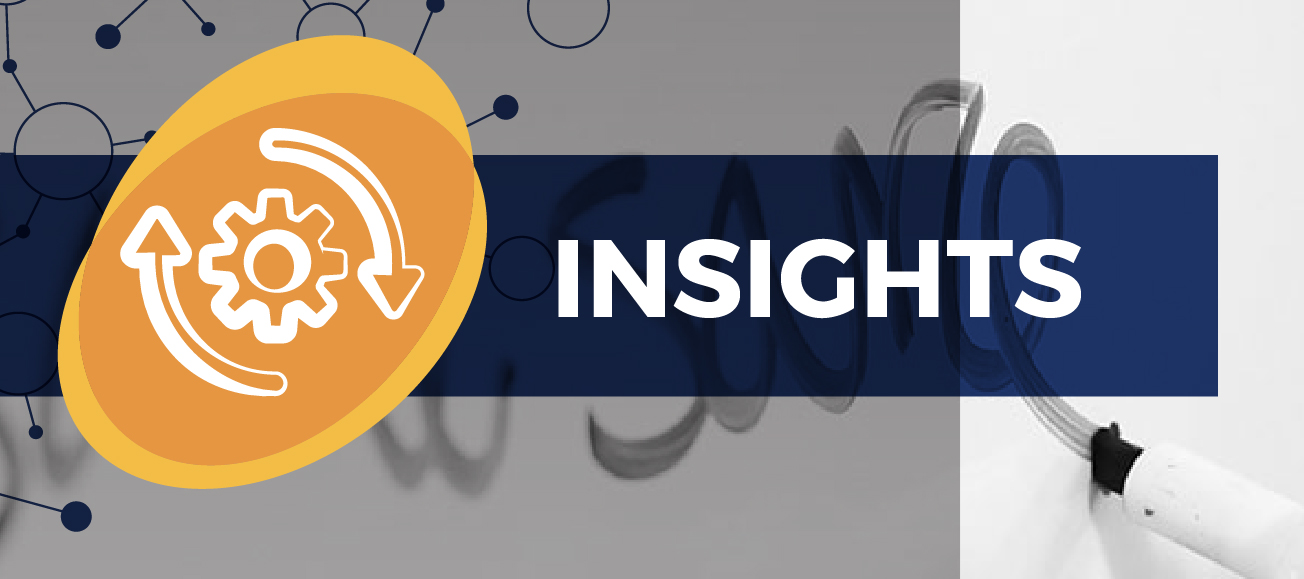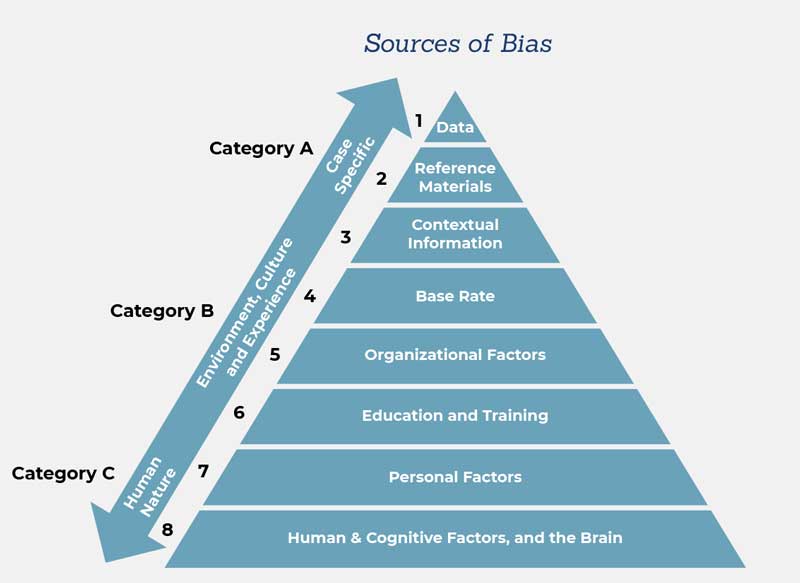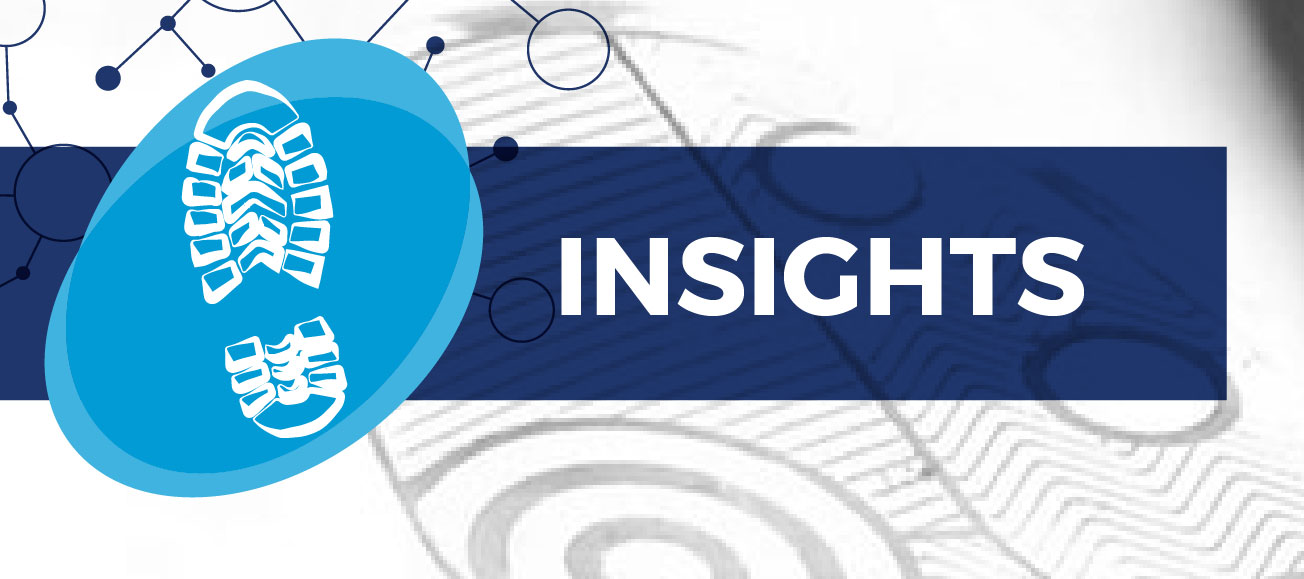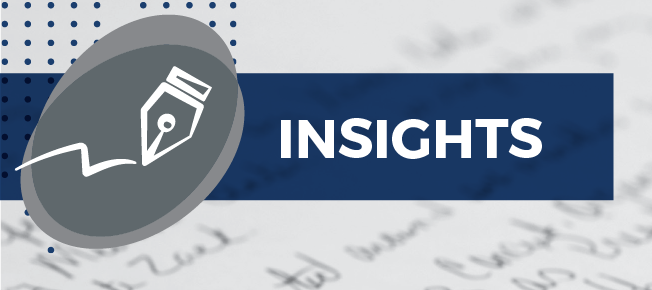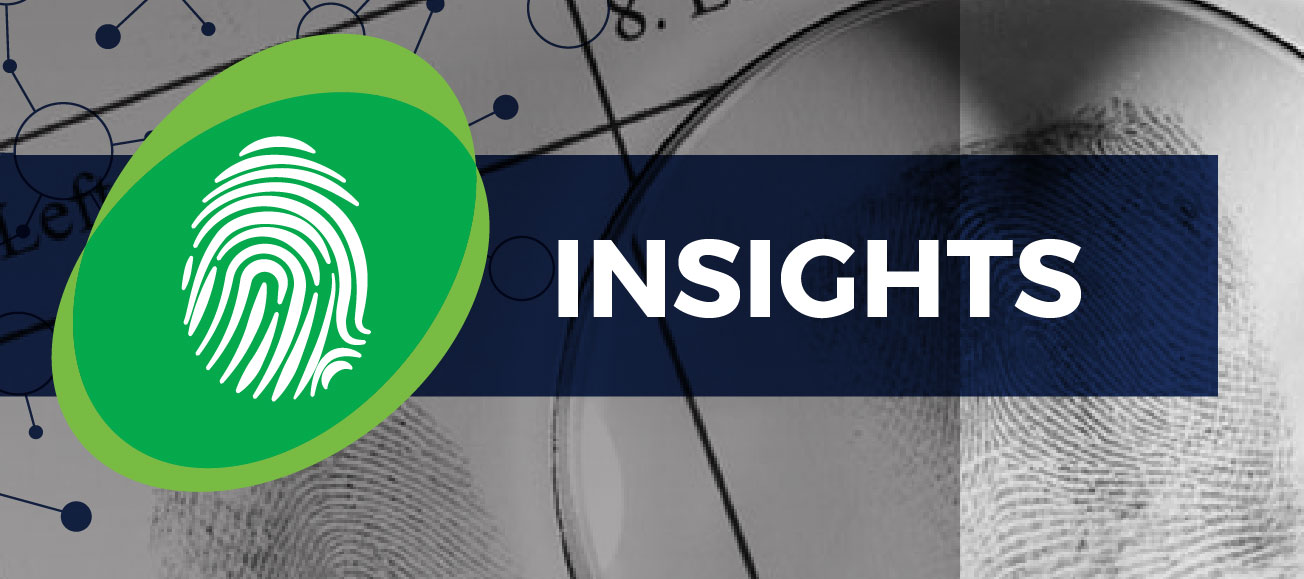By Samantha Springer, a research assistant at the Center for Statistics and Applications in Forensic Evidence (CSAFE)
During the 74th annual American Academy of Forensic Sciences (AAFS) scientific conference, Cassidy Koolmees, a graduate student in legal psychology at Florida International University (FIU), and her colleagues presented a new study entitled Understanding Juror Comprehension of Forensic Testimony: Assessing Jurors’ Decision Making and Evidence Evaluation. This study came after assessing the findings in multiple studies conducted by CSAFE co-director Brandon Garrett et al., who found that a jury’s analysis of forensic testimony was not dependent on the strength of the language used during the testimony. Besides a slight decrease in conviction rates when inconclusive language was used, guilty verdicts remained stable across all conditions that used language indicating a match. This result suggests that the language used to express a match in forensic testimony has little impact on a jury, regardless of the strength of the language or credibility the expert claims.
Building on these findings, Koolmees and her colleagues examined whether jurors could distinguish low-quality testimony from high-quality testimony of forensic experts, using the language guidelines released by the Department of Justice (DOJ) in 2018 as an indicator of quality.
Study participants were put into one of six language-related conditions, where the number of violations of the DOJ language guidelines ranged from zero to five. Participants listened to a full mock trial that included the presentation of forensic evidence. Afterward, they were asked their verdict and how they would rate aspects of the testimony, including confidence in the verdict, clarity of forensic testimony, credibility of the forensic expert, and strength, quality, and usefulness of the forensic evidence.
Most of the dependent variables were found to have no statistical significance between conditions; confidence in the verdict, credibility of the expert, as well as the strength, usefulness, and clarity of the testimony were all consistent across groups.
The only statistically significant difference found between conditions was in the judgment of quality. Only when comparing the conditions of zero guideline violations and four and five violations were there any changes in guilty verdicts, signifying jurors may notice a change in the quality of forensic testimony only when the quality is severely low.
Overall, the study found that, similarly to previous studies, mock jurors are not sensitive to the quality of forensic evidence or to the differences in language used by the experts presenting said evidence. Further research by the FIU group currently being finalized includes versions of the study where jurors are made aware of the DOJ language guidelines before they are presented with expert testimony.
The researchers of the study share CSAFE’s desire for continued education for those involved in criminal trials. Suggestions put forth include simplified jury instructions and a video presentation of instructions. These proposed reforms align with the CSAFE goal of increasing education in forensic evidence for jurors, attorneys, judges, and other relevant parties.
CSAFE supports and oversees substantial contributions to training and education for a wide range of forensic science stakeholders. Explore CSAFE’s available learning opportunities and current training and education research projects at https://forensicstats.org/training-and-education/.
Publications referenced by Koolmees in her study:
How Jurors Evaluate Fingerprint Evidence: The Relative Importance of Match Language, Method Information, and Error Acknowledgment
Brandon Garrett and Gregory Mitchell
Mock Jurors’ Evaluation of Firearm Examiner Testimony
Brandon Garrett, Nicholas Scurich and William Crozier



